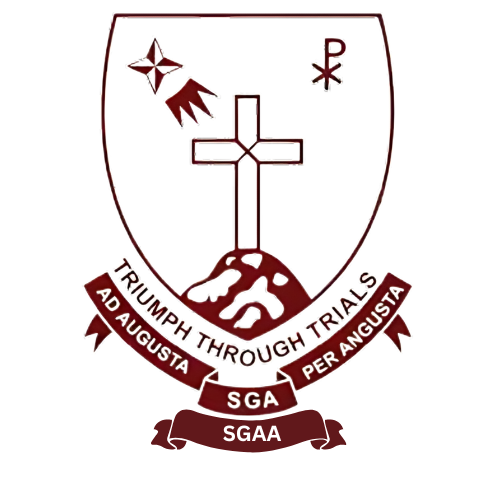The area where St. Germains stands today was called ‘Mootocherry’ during the 1840’s and 50’s. In 1851, a small church called the St. Francis Xaviers Church was started atop the hill at Mootocherry to cater to the growing Catholic population around the place. A small piece of land called “the garden” was subsequently purchased adjacent to the church by Fr. Charbonnaux in 1854 and a seminary was built here into which seminarians who were earlier housed at St. Patrick’s Church were moved.
In 1857, the Madras University was established and it was possible to send students for the matriculation examination at this university. Accordingly, in 1858, a few European boarders were received at the seminary and this constitutes the beginning of St. Joseph’s School. At the same time in 1858, the Protestant Bishop of Madras consecrated St. John’s Church adjacent to the seminary and with this, the name of Mootocherry was changed to St. John’s Hill and the road to St. John’s Church Road.
Soon after, it was decided that the school needed further space to expand and Fr. Charbonnaux took up the case with the Government. In 1863, a large plot of land adjoining the St. Francis Xavier Church was granted to the Mysore Mission for the school which today is the land on which St. Germains High School stands. The grant deed was signed on the 30th of Dec 1863 by the then Commissioner, L. Bowring.
It is not known what the original school buildings looked like, but records are available to show that a small building was built in 1864 with the help of a grant of Rs 4000 from the Government. Further construction was taken up in 1872 and 1876 but all these humble buildings were subsequently torn down to put up a striking building that stands till date.
The School buildings
The main school buildings were built by Father Jacques Maurice Vissac of the Mission Entrangres de Paris (MEP). As a priest at the Church, Father Vissac also taught at the St. Joseph’s seminary which was in the same campus. In 1882, he was appointed as the Rector of the seminary, which at that time had about 150 students enrolled – both European and Indian.
Till the 1880’s, the only college in Madras Presidency was the Presidency College at Madras city only. However, by this time Bangalore had become a bustling town and Fr. Vissac underscored the need for a college in Bangalore. He had the Seminary affiliated to Madras University as a second grade college and consequently the name changed to St. Joseph’s College.
At the same time, the old buildings at the seminary most of which were built with meager funds had become dilapidated. Fr. Vissac took on the task of demolishing the old buildings and constructing an edifice that was worthy of a college. Fr. Vissac’s talent as a musician, teacher and then an administrator was widely acknowledged. The construction of the school buildings now accorded him the opportunity to exhibit his prodigious talent as an architect. The building that came up was vast and truly imposing running all of 250 ft. with two floors. The ground floor entirely of granite sported 18 Tuscan Pillars, including four of the projected Central Portion. On the first floor, thirty columns constructed to the Doric Order brought out the solid proportions of the edifice. The light Colonnades and Classical Corinthian Capitals of this new building enhanced the grace and beauty of the new structure.

The building is a historical icon, a heritage building like Attara Kacheri in Bangalore. Over the years it grew from an abode for a school, a seminary, a college, a clergy home and finally it now houses St Germain High School. In the recent past, the building façade was used by NDTV, brilliantly illuminated in rainbow colours, to have their popular programme- THE BIG FIGHT - at the school ground, with the iconic building as its back drop a couple of times. When the National Bishops Conference India was held in Bangalore recently, once again the Valedictory Dinner was held on this very school ground and then different hues of lighting made the building look like a masterpiece. This truly is a tribute to the builders.
The buildings as the Clergy and Archbishops residence
The college opened in the new premises on 15th Jan 1883 and operated there for 15 years before being moved to their present premises on Museum Road.
------ seeking inputs for this article from old boys or teachers -------

